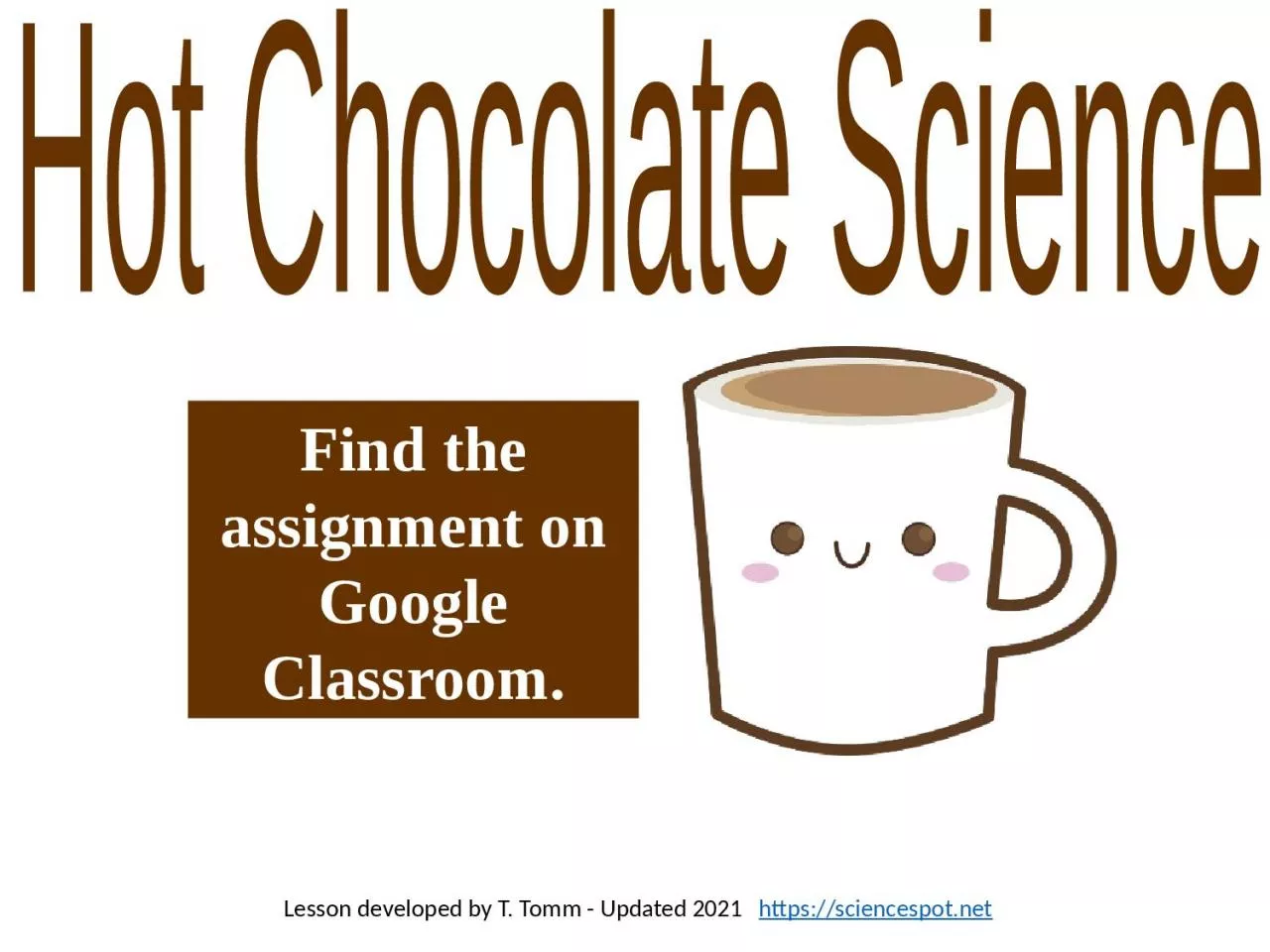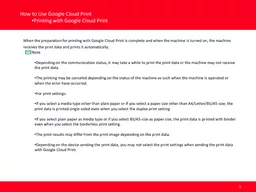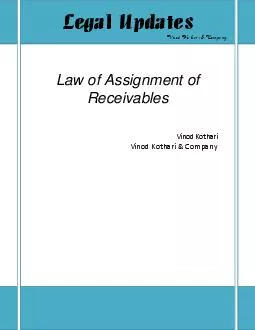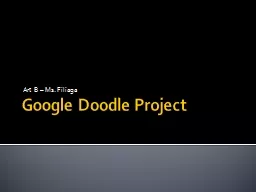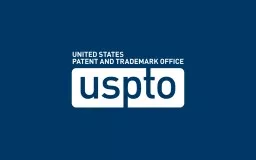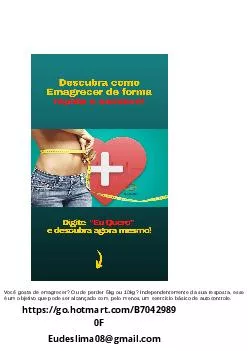PPT-Find the assignment on Google Classroom.
Author : leah | Published Date : 2024-01-29
Hot Chocolate Science Lesson developed by T Tomm Updated 2021 httpssciencespotnet Teacher Notes Digital assignment for students available at httpsdocsgooglecompresentationd1X6pOA9SLZ3yYnlE7zpiyh7ucfdUFYJa95CTU9R1Uedituspsharing
Presentation Embed Code
Download Presentation
Download Presentation The PPT/PDF document "Find the assignment on Google Classroom." is the property of its rightful owner. Permission is granted to download and print the materials on this website for personal, non-commercial use only, and to display it on your personal computer provided you do not modify the materials and that you retain all copyright notices contained in the materials. By downloading content from our website, you accept the terms of this agreement.
Find the assignment on Google Classroom.: Transcript
Download Rules Of Document
"Find the assignment on Google Classroom."The content belongs to its owner. You may download and print it for personal use, without modification, and keep all copyright notices. By downloading, you agree to these terms.
Related Documents

